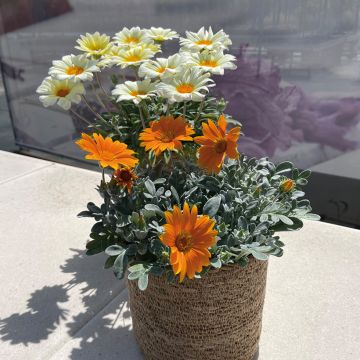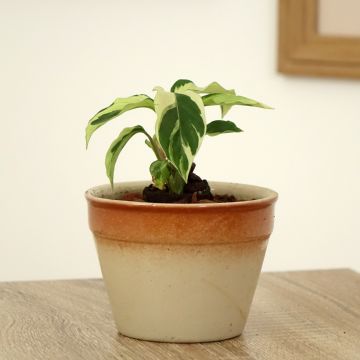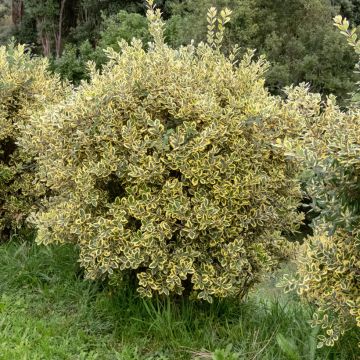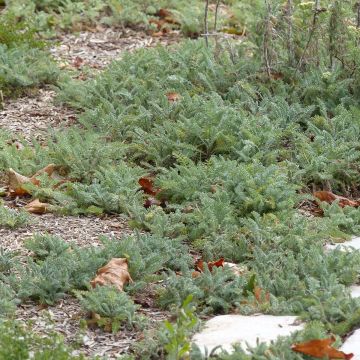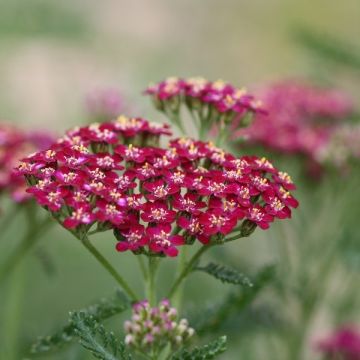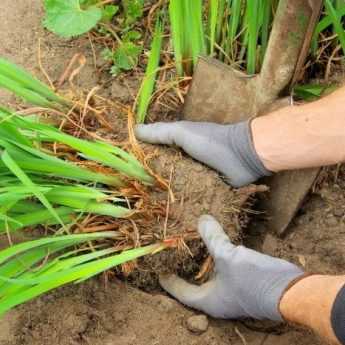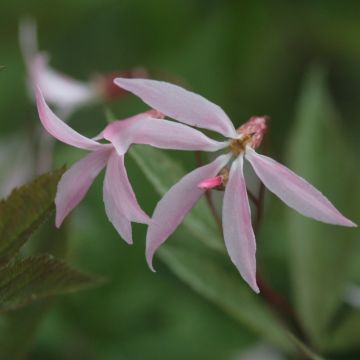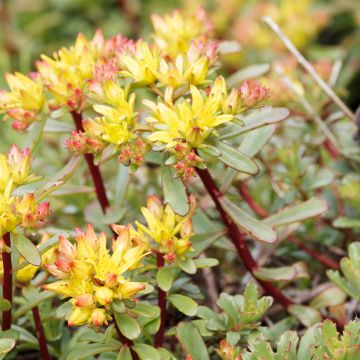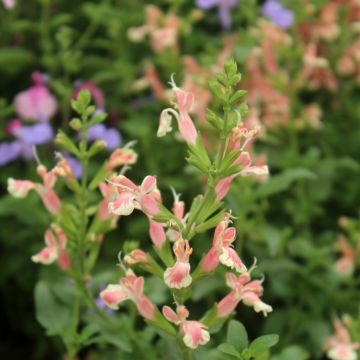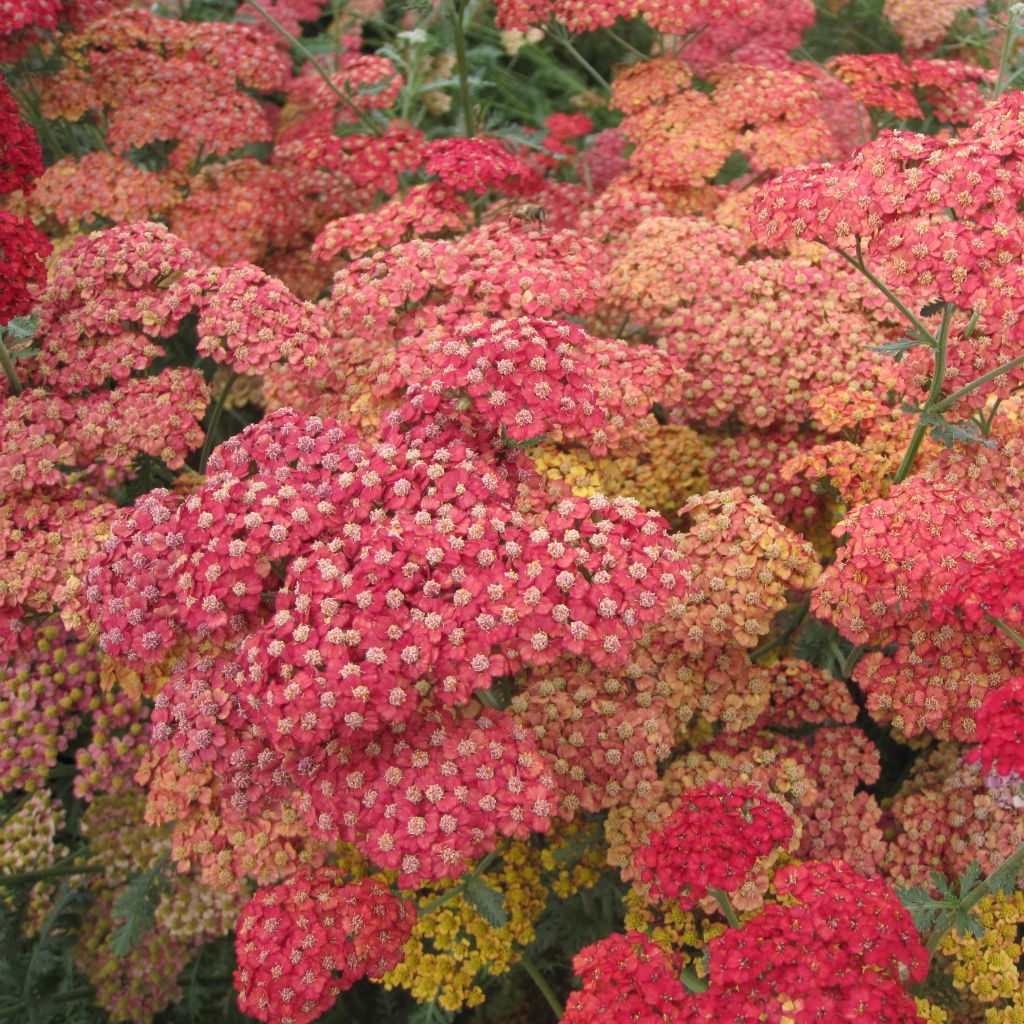

Achillea millefolium Pretty Woman


Achillea millefolium Pretty Woman
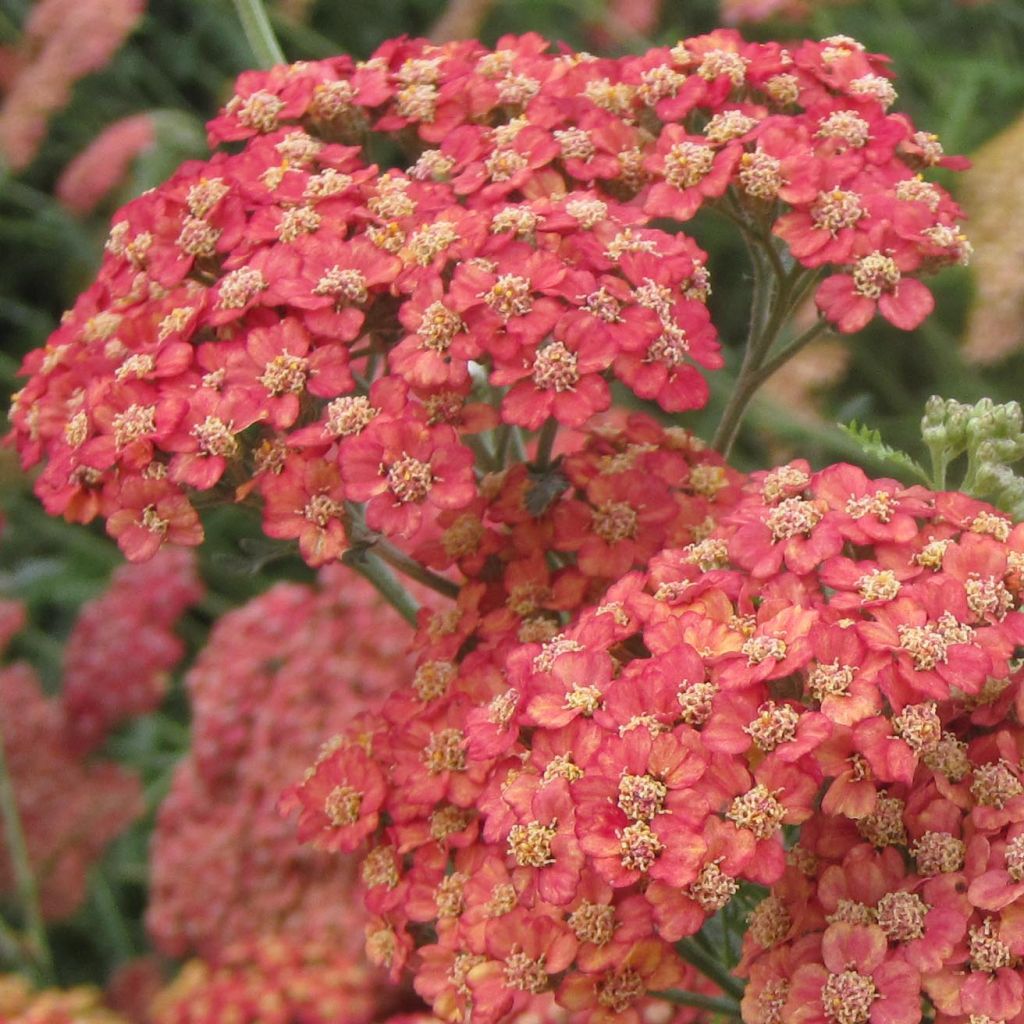

Achillea millefolium Pretty Woman
Achillea millefolium Pretty Woman
Achillea millefolium Pretty Woman
Common Yarrow, Milfoil, Thousand-leaf, Nosebleed plant
Why not try an alternative variety in stock?
View all →This plant carries a 12 months recovery warranty
More information
We guarantee the quality of our plants for a full growing cycle, and will replace at our expense any plant that fails to recover under normal climatic and planting conditions.
From €7.90 for pickup delivery and €6.90 for home delivery
Express home delivery from €8.90.
Does this plant fit my garden?
Set up your Plantfit profile →
Description
The Achillea millefolium 'Pretty Woman', also known as Yarrow, is a compact, robust and branched variety. It offers an abundance of flat inflorescences, bright coral-red, composed of tiny flowers with a lighter center, throughout the summer. It is a drought and heat resistant perennial plant. Its light, very feathery, matte silver-green foliage remains fragrant even when dry. This deciduous or semi-evergreen perennial is a good ground cover and will form attractive borders until the end of summer. Easy to grow in all regions.
The 'Pretty Woman' Yarrow is an evergreen, stoloniferous perennial plant, with an upright tufted habit from spring. It belongs to the asteraceae family. It is one of the many cultivars of Achillea millefolium native to Europe and Asia Minor. The plant will reach a height of 50 to 60 cm (20 to 24in) when in bloom, 20 to 25 cm (8 to 10in) for the foliage. It spreads over 50 cm (20in) and more.
The inflorescence is a flattened corymb, 5 to 7 cm (2 to 3in) in diameter. The remarkably long flowering period extends from June to September. The flowers are bright coral-red from blooming until they fade and dry out. The stem is channelled and villous. The foliage is deciduous or semi-evergreen, highly aromatic even when dry and finely dissected into strips. The leaves are bipinnately lobed, feathery, and dark green with silvery reflections.
Exuberant and undemanding , this traditional garden plant brings a charm to unpretentious flower beds. The 'Pretty Woman' Yarrow performs particularly well in dry and hot areas of the garden. It integrates well into a rockery, on top of a wall, as a border or on a slope where it will help to stabilize and protect against erosion. This stoloniferous plant can be used as a ground cover over large areas. It allows you to avoid the necessary mowing for a lawn by replacing it in low-traffic areas. It can tolerate root competition from trees, making it a good ground cover in woodland edges as well. It is perfect for dressing the base of shrub roses or for bordering a sunny flower bed.
Achillea millefolium Pretty Woman in pictures




Flowering
Foliage
Plant habit
Botanical data
Achillea
millefolium
Pretty Woman
Asteraceae
Common Yarrow, Milfoil, Thousand-leaf, Nosebleed plant
Cultivar or hybrid
Other Achillea
View all →Planting and care
The Achillea millefolium 'Pretty Woman' can be planted all year round in buckets at a rate of approximately 5 feet per square meter in well-tilled and draining soil. It will grow in any type of soil, even limestone, dry or moist, as long as it is well-drained. It can even adapt to clay soils, if they are healthy and well-amended. It will grow in partial shade but prefers full sun. Remove faded flowers and cut back all vegetation at the end of the season to encourage the growth of young shoots in spring. Divide the clump in spring.
Planting period
Intended location
Care
Planting & care advice
-
, onOrder confirmed
Reply from on Promesse de fleurs
Summer flowering perennials
Haven't found what you were looking for?
Hardiness is the lowest winter temperature a plant can endure without suffering serious damage or even dying. However, hardiness is affected by location (a sheltered area, such as a patio), protection (winter cover) and soil type (hardiness is improved by well-drained soil).

Photo Sharing Terms & Conditions
In order to encourage gardeners to interact and share their experiences, Promesse de fleurs offers various media enabling content to be uploaded onto its Site - in particular via the ‘Photo sharing’ module.
The User agrees to refrain from:
- Posting any content that is illegal, prejudicial, insulting, racist, inciteful to hatred, revisionist, contrary to public decency, that infringes on privacy or on the privacy rights of third parties, in particular the publicity rights of persons and goods, intellectual property rights, or the right to privacy.
- Submitting content on behalf of a third party;
- Impersonate the identity of a third party and/or publish any personal information about a third party;
In general, the User undertakes to refrain from any unethical behaviour.
All Content (in particular text, comments, files, images, photos, videos, creative works, etc.), which may be subject to property or intellectual property rights, image or other private rights, shall remain the property of the User, subject to the limited rights granted by the terms of the licence granted by Promesse de fleurs as stated below. Users are at liberty to publish or not to publish such Content on the Site, notably via the ‘Photo Sharing’ facility, and accept that this Content shall be made public and freely accessible, notably on the Internet.
Users further acknowledge, undertake to have ,and guarantee that they hold all necessary rights and permissions to publish such material on the Site, in particular with regard to the legislation in force pertaining to any privacy, property, intellectual property, image, or contractual rights, or rights of any other nature. By publishing such Content on the Site, Users acknowledge accepting full liability as publishers of the Content within the meaning of the law, and grant Promesse de fleurs, free of charge, an inclusive, worldwide licence for the said Content for the entire duration of its publication, including all reproduction, representation, up/downloading, displaying, performing, transmission, and storage rights.
Users also grant permission for their name to be linked to the Content and accept that this link may not always be made available.
By engaging in posting material, Users consent to their Content becoming automatically accessible on the Internet, in particular on other sites and/or blogs and/or web pages of the Promesse de fleurs site, including in particular social pages and the Promesse de fleurs catalogue.
Users may secure the removal of entrusted content free of charge by issuing a simple request via our contact form.

































